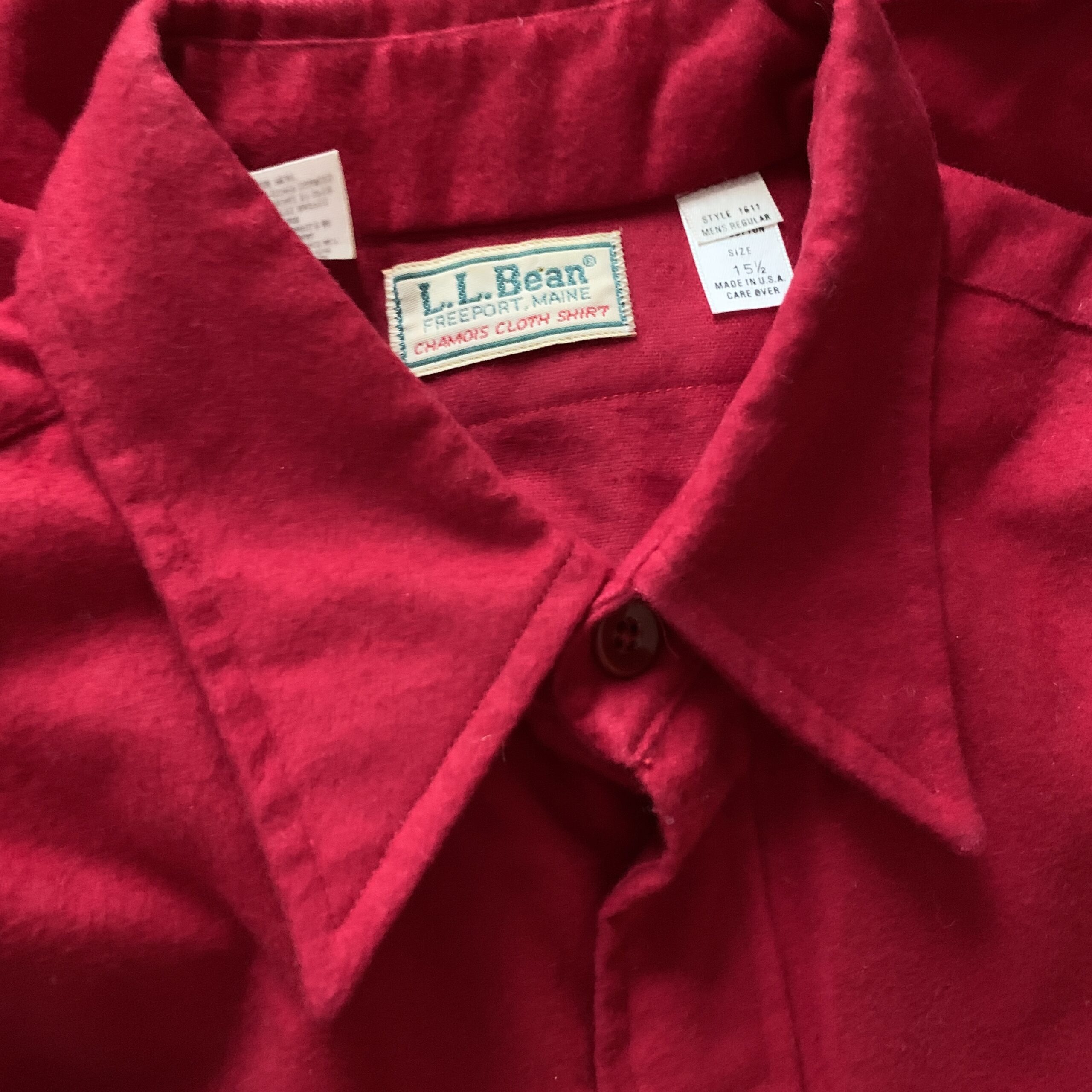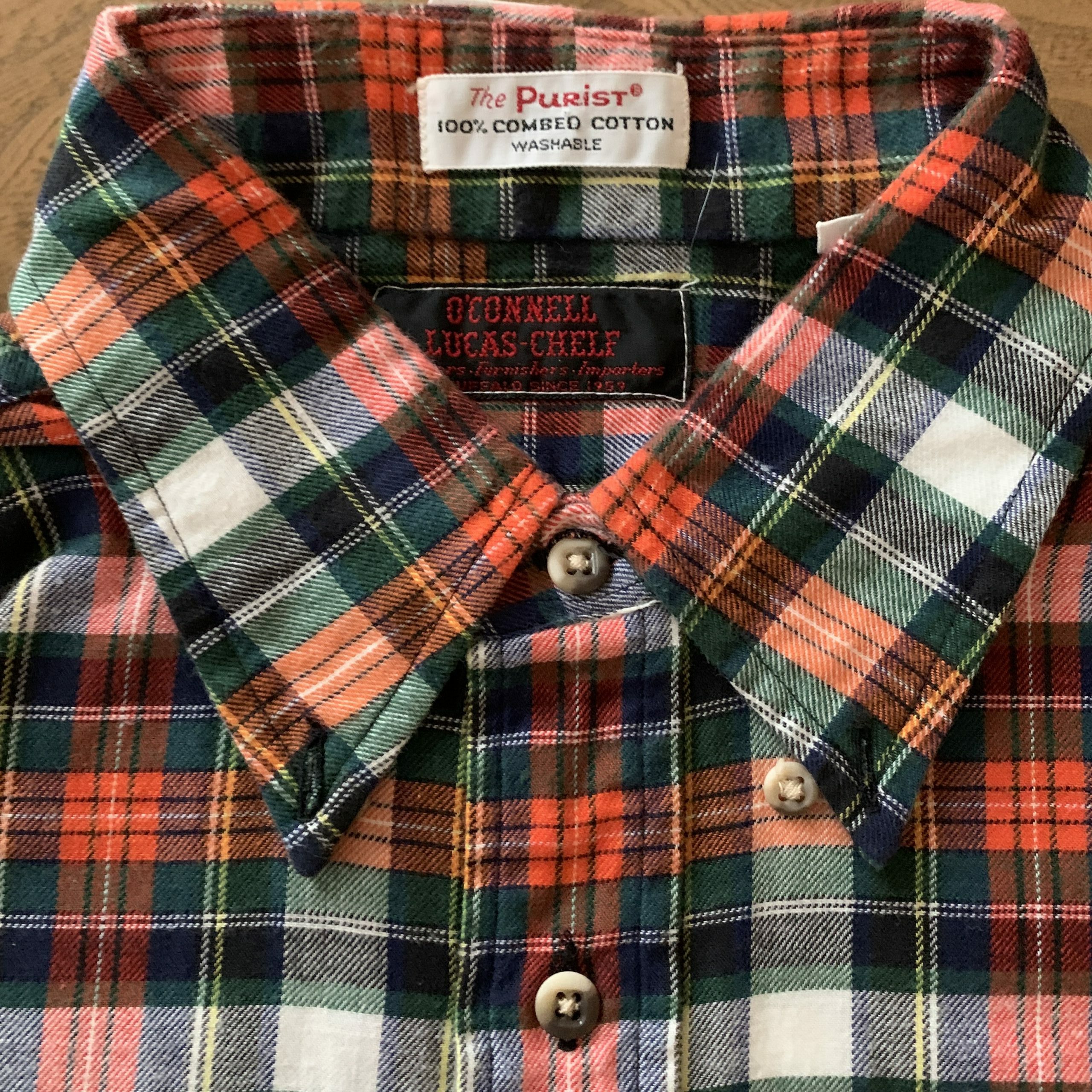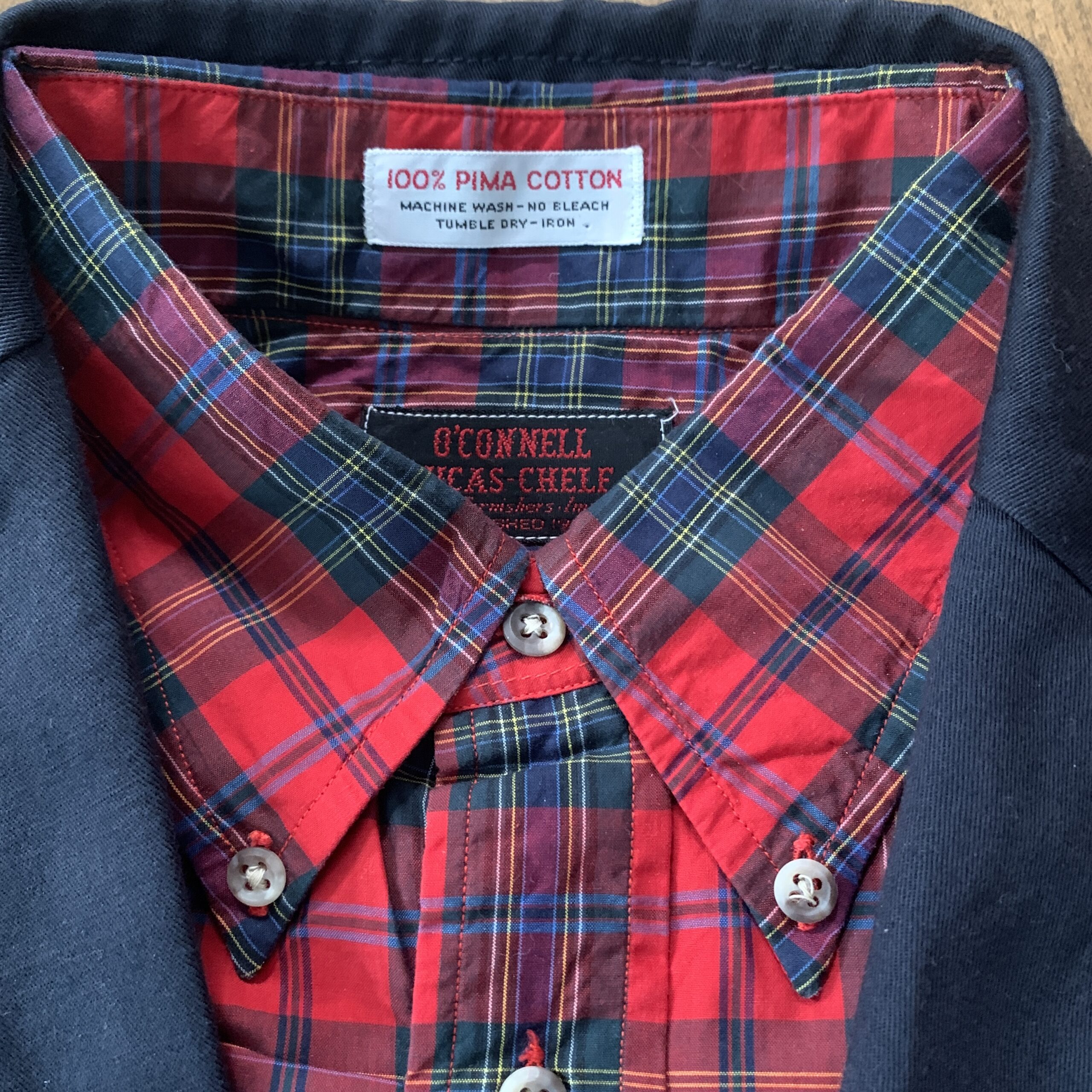Outfit inspiration. Ivy style. Sometimes, you just need to take a moment to flex your creativity, plan an outfit you may never wear, dig through your closet to find pieces you love that you forgot you even had. Getting into outfit planning – mixing colors and basic blocks – is a fun way …
The Weejun’s Closet #56
Outfit inspiration. Ivy style. Sometimes, you just need to take a moment to flex your creativity, plan an outfit you may never wear, dig through your closet to find pieces you love that you forgot you even had. Getting into outfit planning – mixing colors and basic blocks – is a fun way …
Kamakura And A Tale Of 4 Corduroy Jackets – Part 2
The Run Down OK, so here we come to the meat and potatoes of this article. A blow by blow comparison of 4 dark blue cord ‘slack’ ‘sack’ ivy patch & flap jackets. To the uninitiated (and I get a few comments here from those kinds of people that are not even worth publishing) these four …
Continue Reading about Kamakura And A Tale Of 4 Corduroy Jackets – Part 2 →
The Weejun’s Closet #55
Outfit inspiration. Ivy style. Sometimes, you just need to take a moment to flex your creativity, plan an outfit you may never wear, dig through your closet to find pieces you love that you forgot you even had. Getting into outfit planning – mixing colors and basic blocks – is a fun way …
The Weejun’s Closet #54
Outfit inspiration. Ivy style. Sometimes, you just need to take a moment to flex your creativity, plan an outfit you may never wear, dig through your closet to find pieces you love that you forgot you even had. Getting into outfit planning - mixing colors and basic blocks - is a fun way …
The Weejun’s Closet #53
Outfit inspiration. Ivy style. Sometimes, you just need to take a moment to flex your creativity, plan an outfit you may never wear, dig through your closet to find pieces you love that you forgot you even had. Getting into outfit planning – mixing colors and basic blocks – is a fun way …
The Weejun’s Closet #52
Outfit inspiration. Ivy style. Sometimes, you just need to take a moment to flex your creativity, plan an outfit you may never wear, dig through your closet to find pieces you love that you forgot you even had. Getting into outfit planning - mixing colors and basic blocks - is a fun way …
The Weejun’s Closet #51
Outfit inspiration. Ivy style. Sometimes, you just need to take a moment to flex your creativity, plan an outfit you may never wear, dig through your closet to find pieces you love that you forgot you even had. Getting into outfit planning - mixing colors and basic blocks - is a fun way …
The Weejun’s Closet #50
Outfit inspiration. Ivy style. Sometimes, you just need to take a moment to flex your creativity, plan an outfit you may never wear, dig through your closet to find pieces you love that you forgot you even had. Getting into outfit planning - mixing colors and basic blocks - is a fun way …
The Weejun’s Closet #49
Outfit inspiration. Ivy style. Sometimes, you just need to take a moment to flex your creativity, plan an outfit you may never wear, dig through your closet to find pieces you love that you forgot you even had. Getting into outfit planning - mixing colors and basic blocks - is a fun way …










